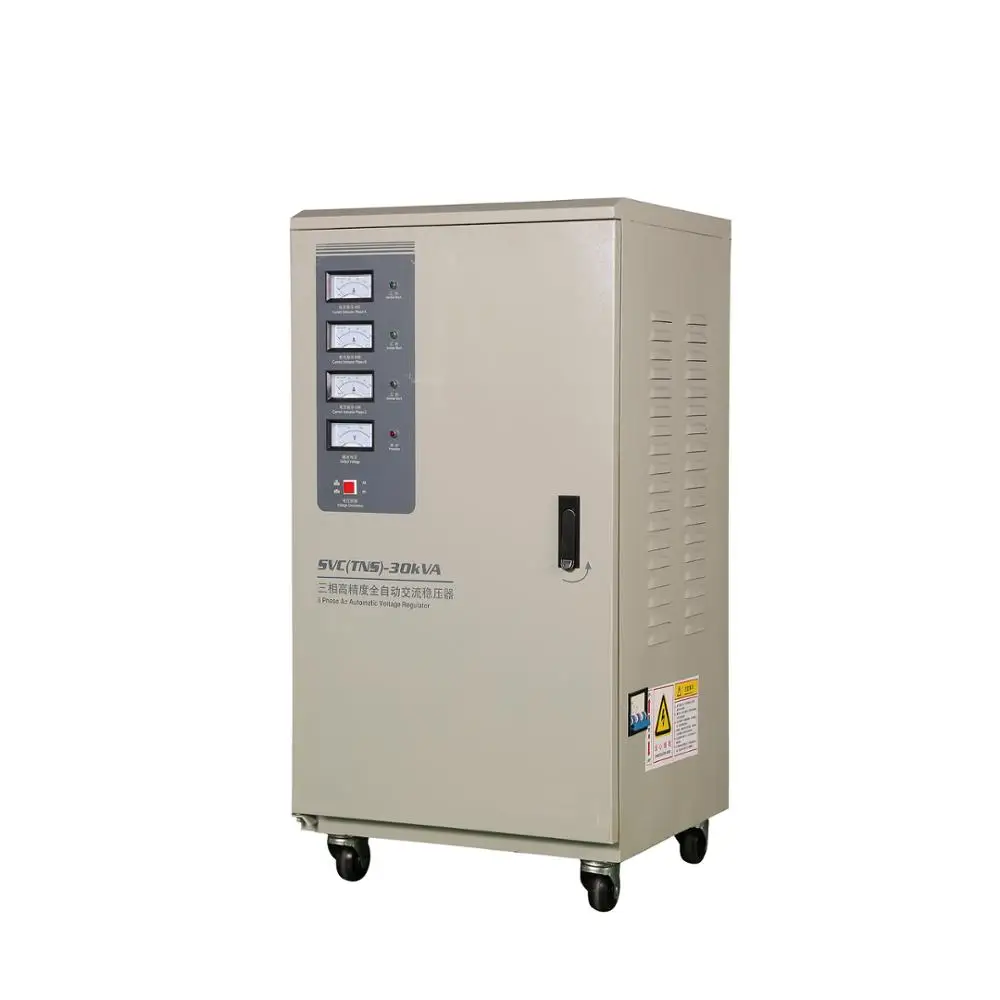Looking for the best one to choose or confuses which device serves your electricity requirements? If so, you’re not alone! Soft starters vs variable frequency drives (VFDs) cause confusion for many people. This toolkit is incredibly popular and will save you energy, which translates into money. This article will break down what each device does, how it works and why one might be better for your situation. This way, you will have a better understanding of which option is best for yourself towards the end.
Soft starter vs VFD:
Both are designed to help you save electricity when using electrical machines. Except, they work in 2 different ways. Soft starters First up, let's take a look at soft starters. Soft starter is a device that slowly ramp up the power supplied to motor. What this means is that the motor gently kicks off so it doesn't do any damage by starting up. Which helps to machinery, pumps etc. on full lights up as they have to intake many power when started Initially A soft starter can be used to make this machinery last longer, which will save you time and money in the long run with fewer repairs.
Now it is time to discuss variable frequency drives (vfd) There are no considerations with CdTs, as the wind turbines that they support do not need to vary in speed (and therefore rotation velocity) when under their power profile. VFDs on the other hand DO move around a bit since they change motor speeds. They accomplish this by adjusting the frequency of electrical power that is delivered to charge the motor. The upshot of all this is that the motor can work at different speeds according to what it needs to do. Especially in the case of HVAC systems, speed control such as fan variation or a switch for different gears is also advantageous when the workload experiences frequent changes. A VFD can reduce the energy consumption by reducing motor speed when less power is needed.
How Soft Starters Compare with Variable Frequency Drives
While soft starters and VFDs are similar animals in many applications, one key is to remember that they are not used in the same places. A soft starter is suitable for machines, which require high power to start but low speeds are required during operation and a VFD on the other hand should be used in case of machines that may have different speeds. As an HVAC system needs to regulate the speed of motor based on condition such as temperature and humidity etc, so it requires VFD. That way, your environment is nice and comfortable without putting a big dent in the energy bill.
Finally, there is a credit card transaction fee that varies depending on the device you use to handle your payment. Inexpensive: Soft starters are usually less costly than VFDs. Yet, we cannot argue that even if soft starters are cheaper from a purchasing standpoint compared to VFDs still through running them time of utilizing the motor they may not potentially save you as much energy. However, a VFD may cost more initially but actually save you money in energy costs over time. This means that buying a VFD can be invest in the future savings you will have on energy bills.
Who is the Best Fit for?
So the choice between soft starter and VFD should also depend on what kind of machine it is and how much work does that have to do. If you have machines that require a large power to start like pumps, compressors then the best option for your application might be soft starters. But if your machine works different loads that change frequently such as an HVAC system a VFD may be better suited for you.
Also, remember to calculate the cost of all those and how much money you can save through them. A soft starter may appear to be a budget-friendlier decision in the beginning but recall that it can save you more money for energy costs if you use VFD instead. Considering potential energy savings, along with the initial costs can be a more balanced approach when deciding on which to use.
In conclusion, soft starters or VFDs can both be used to energy save money over time. Yet your machine and work load is what determines what kind you need. Take some time to contemplate your options and do a bit of digging for what would be most suitable in your case. Choosing wisely will ensure you get the most appropriate unit for your circumstances.

 EN
EN
 AR
AR
 BG
BG
 HR
HR
 CS
CS
 DA
DA
 NL
NL
 FI
FI
 FR
FR
 DE
DE
 EL
EL
 HI
HI
 IT
IT
 JA
JA
 KO
KO
 NO
NO
 PL
PL
 PT
PT
 RO
RO
 RU
RU
 ES
ES
 SV
SV
 CA
CA
 TL
TL
 IW
IW
 ID
ID
 LV
LV
 LT
LT
 SR
SR
 SK
SK
 SL
SL
 UK
UK
 VI
VI
 SQ
SQ
 GL
GL
 HU
HU
 MT
MT
 TH
TH
 TR
TR
 MS
MS


